Author: Benji Ho
They May Not Be Like You
Paperwork
As you can see from the recent dearth of posts on this blog, you may be wondering, is Benji still writing?
Well, the answer is I am writing more than I ever have. Ever. The posts I write now are called SOAP notes, on a type of blog called the “electronic medical records,” about people and their medical issues .…
Continue reading
Thanksgiving Thoughts
I am thankful for:
Two healthy kids. They know that they need to finish dinner all gone before getting any dessert. Fruit is a dessert in our family. They eat their greens because they know it’s good for them. They are fine with drinking water when thirsty. They know to brush their teeth and tongue every night, or else they’ll …
Continue reading
Reconnection
The last year and a half has no doubt been busy for Irene and me, as we do our best to balance running a medical practice and raise a family. When we first took over the clinic that my pediatrician father had founded nearly 20 years, there were lots of things that needed to be changed to suit our practice:…
Continue reading
Doctors Against Stroke and Heart Attack
Last month, I had the pleasure to participate in a music video with other doctors in the Macon community with DASH, or “Doctors Against Stroke and Heart Attack.” Hope you enjoy!…
Continue reading
Hurricane Irma
It breaks my heart to see what happened to St. Maarten during Hurricane Irma. This place had been my home for two years while I was studying medicine at AUC, and it was where Irene and I got engaged. We had a lot of sweet memories here.
I feel bad for the current students there right now. When I was… Continue reading
I feel bad for the current students there right now. When I was… Continue reading
Forever a Student
As a doctor, lectures and exams do not stop at med school graduation. Nor does it stop after end of residency. Getting state-licensed and board-certified is never a one-time done deal. In order for me to maintain my legal ability to practice medicine, I will be required to earn CME (continuing medical education) credit.
CME comes in many shapes and…
Continue reading
End of Residency
So that’s that, the end of residency. There’s no one word that can describe the last three years. Residency had been challenging, no doubt, with a steep learning curve, long work hours, and long board exams to study for. Throw two kids in the mix, balancing work and family life has made the experience a little more interesting.
However, there…
Continue reading
Staying Fit in Medical School
A few months back, I received a question from a blog reader concerning staying fit during medical school. Jonathan writes:
“Benji, I have some questions regarding maintaining overall health and fitness during medical school, something which you obviously appear to have done. What did you personally do and what advice would you give to incoming students? Was there a specific…
Continue reading
Happy to Announce…
A little over a week ago, I wanted to give yall an update that I have just been granted my full license to practice medicine in Georgia by the Georgia Composite Medical Board. I was going to talk about how licensure was a lengthy process that requires successful completion of all three United States Medical Licensing Exams (USMLE), as well…
Continue reading
About the USMLE
What is the USMLE?
In order to apply for licensure to practice medicine in the states, one must complete the United States Medical Licensing Exam, also known as the USMLE. The USMLE is not one exam, but several, taken as a series of exams over the course of med school and residency. There are four exams, divided into…
Continue reading
Beginning of the End
And just like that, there goes another year of residency. Every July 1, all around the US, hospitals start seeing a new set of faces taking care of patients, working with the rest of the staff. They are the new doctors, the interns. That same day, the previous interns also take their role as the new second-year residents, and the…
Continue reading
An Exciting Day
Do you remember when you were a kid and wondered what you will be when you grew up? Well, today is that special day when many of my medical colleagues find out. It’s Match Day! Congratulations to all those who matched this year. I am truly impressed by the matches AUC graduates have placed this year. Going through my Facebook,…
Continue reading
Lice and Scabies
Lice (Head, Body, and Genital)
Dx – must see the lice. Seeing nits alone does NOT diagnose, and is not an excuse for the kid to be out of school.
Rx – Permethrin 1% Shampoo. Leave on 10 min, then rinse. Repeat in 1 week to kill off any hatched eggs. Wash all clothes, bedsheets, towels with hot water. …
Continue reading
Acne
Some Tid-Bits
Four factors lead to acne formation: increased sebum production, hyperkeratinization, propionibacterium acnes colonization, and inflammatory reaction.
Treatment Steps (from mild to severe)
- Comedones – Rx Topical Retinoids (Tretinoin, Adapalene, Tazarotene) – generally works about the same. For the following additional symptoms:
- Inflammation – Add Topical Non-Abx (Benzoyl Peroxide, Azelaic Acid) +/- Topical Abx (
Insomnia
Some Facts:
Insomnia (ICSD-3 Definition) – Difficulty falling asleep, difficulty staying asleep, early awakening, daytime impairment (i.e. fatigue, poor concentration, moody, increased errors, social dysfunction, worry). Occurs at least 3x per week x1 month. Chronic if >3 months.
Comorbid Conditions – OSA/breathing disorders, circadian rhythm disorders, GI issues, pruritus, heart failure, pain, restless legs syndrome, nocturia, medication side effects, psych …
Continue reading
Erectile Dysfunction
H&P
Check for psych factors, medications that may cause ED, and possible medical contributions to ED (DM2, obesity, CAD). Do physical exam to check for hypogonadism, peyronie’s disease, or other possible causes of ED.
Labs
Total testosterone level (deficient if <300), TSH, lipid panel, A1C. Remember, ED can be a sentinel marker for CAD.
First-Line Treatment
Phosphodiesterase-5 Inhibitors – all …
Continue reading
Scoliosis
Background
Definition: >10° lateral curve to spine with vertebral rotation
Types: classified as congenital, neuromuscular, or idiopathic. Idiopathic scoliosis is further classified by age: Infantile (0-2 yo), Juvenile (3-9 yo), Adolescent (>10 yo). Adolescent Idiopathic Scoliosis is the most common form.
Etiology unknown. Likely polygenic.
Risk factors for disease progression – initial Cobb angle (angle of curvature of spine) most …
Continue reading
Osteoporosis
Screening
USPSTF recommends all women 65 years and older get screened for osteoporosis with a DEXA scan to measure bone density.
You can also screen for osteoporosis in women younger than 65 who score high on the FRAX WHO Fracture Risk Assessment Tool.
USPSTF does not recommend routine screening in men unless they are older than 50 and have …
Continue reading




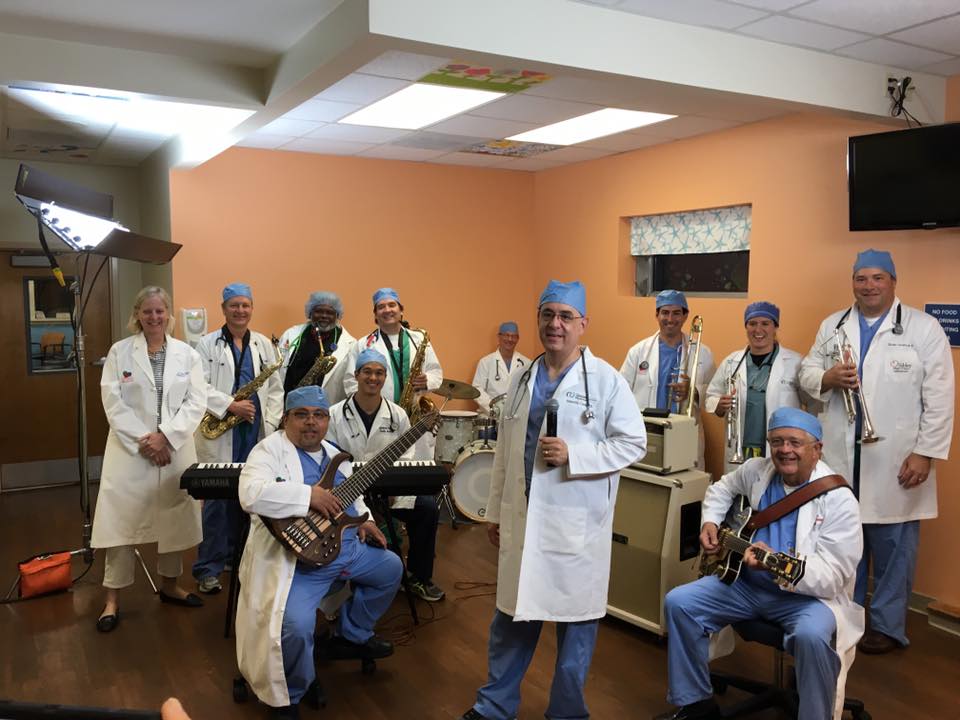
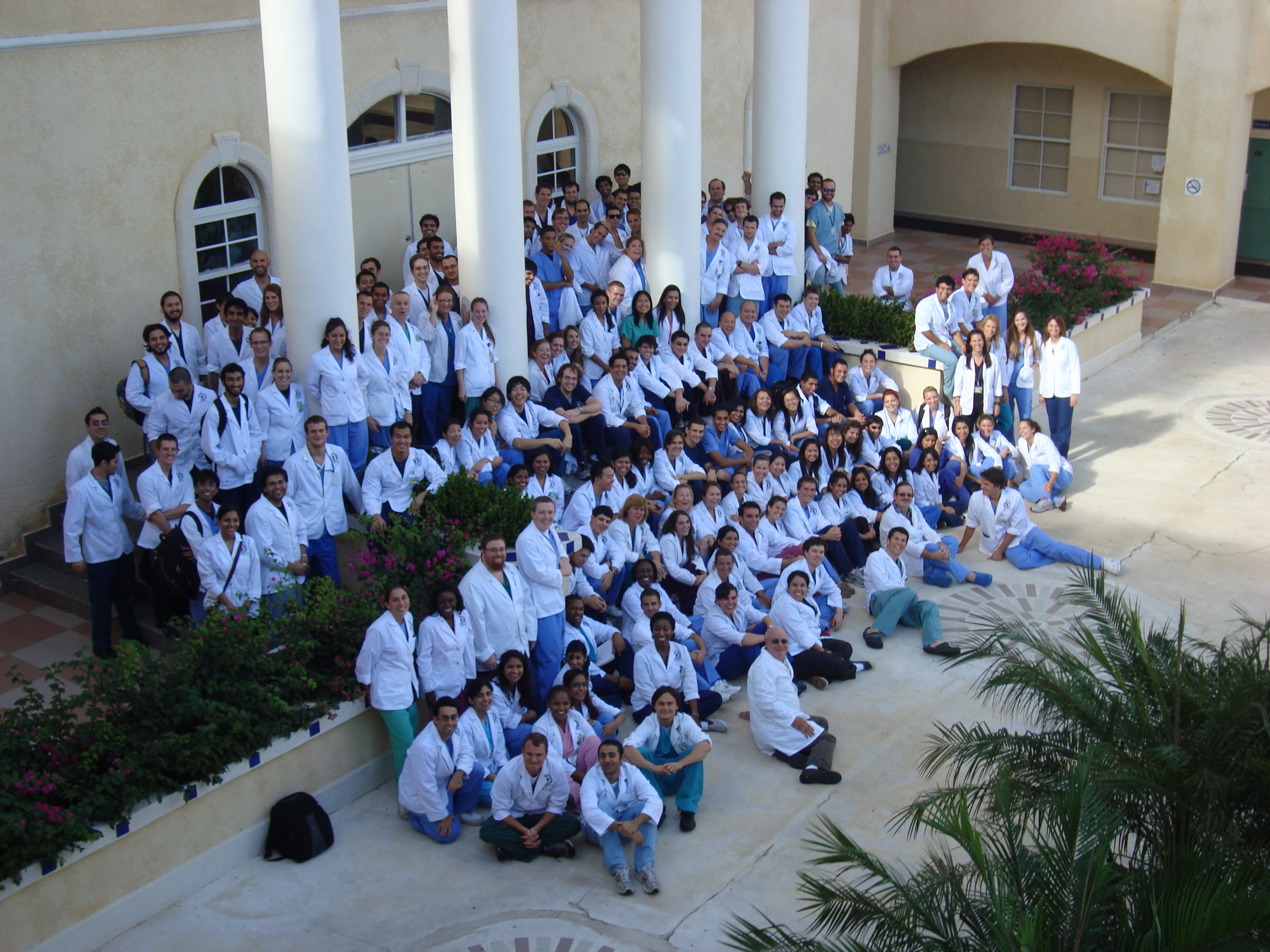
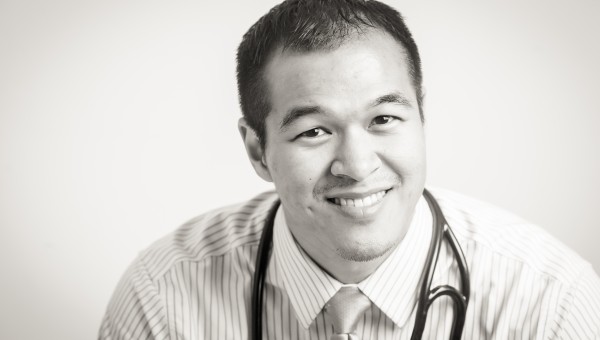
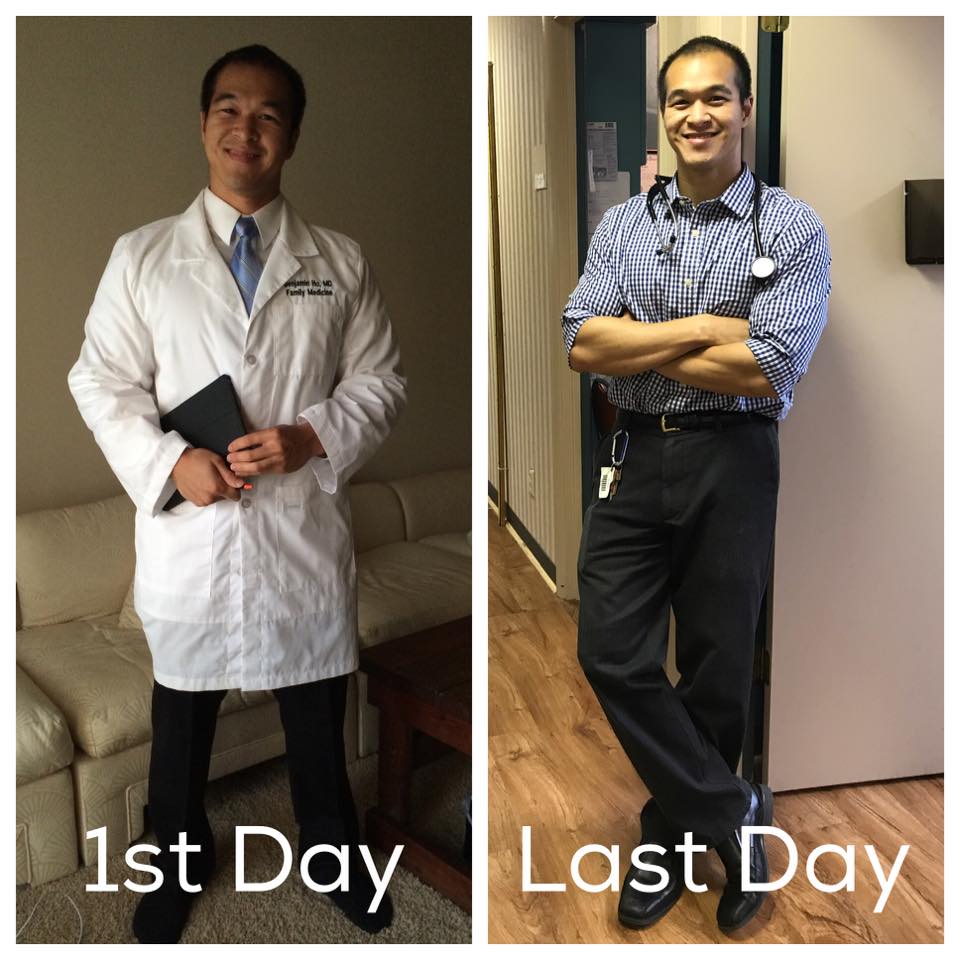

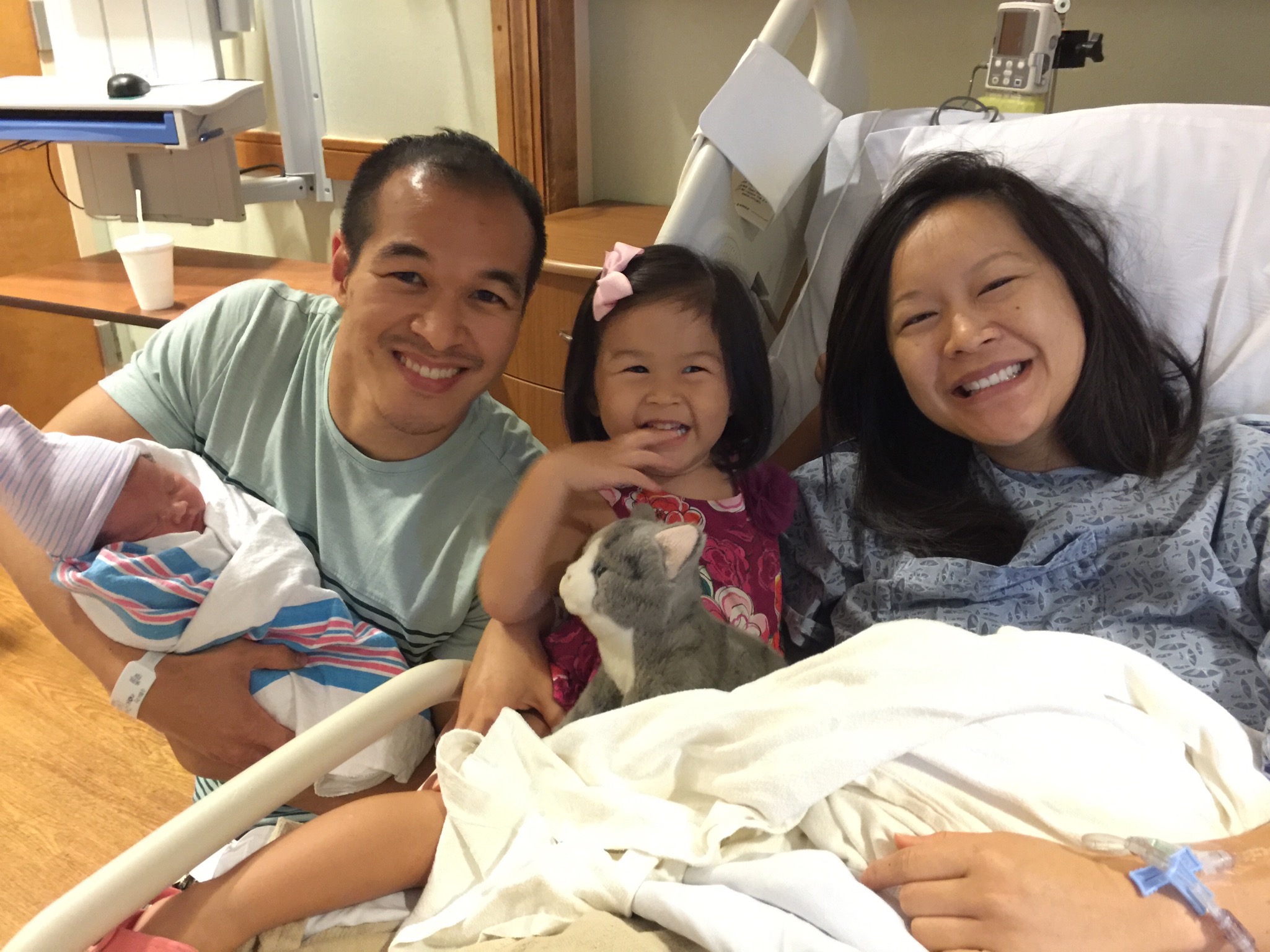


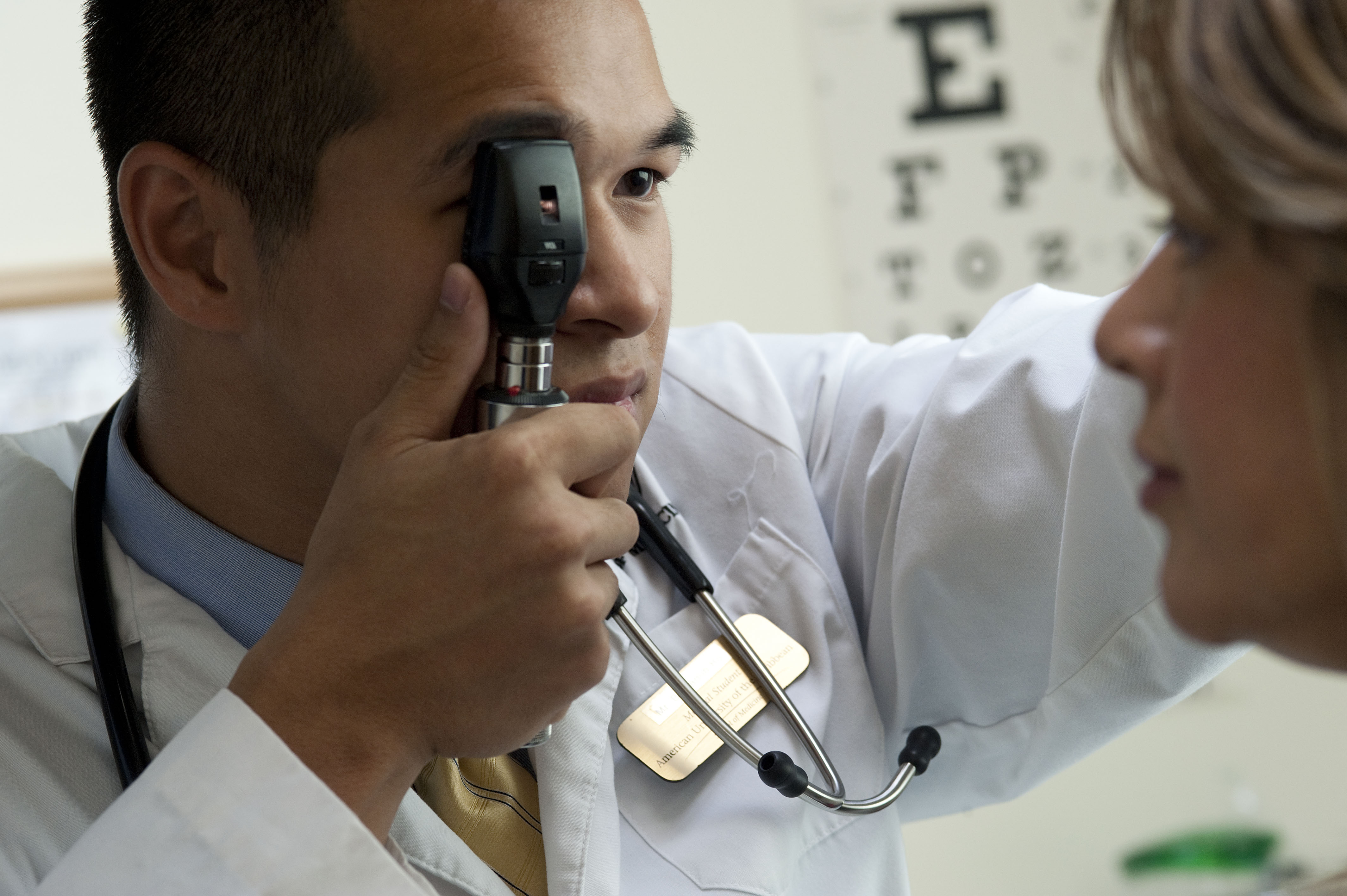
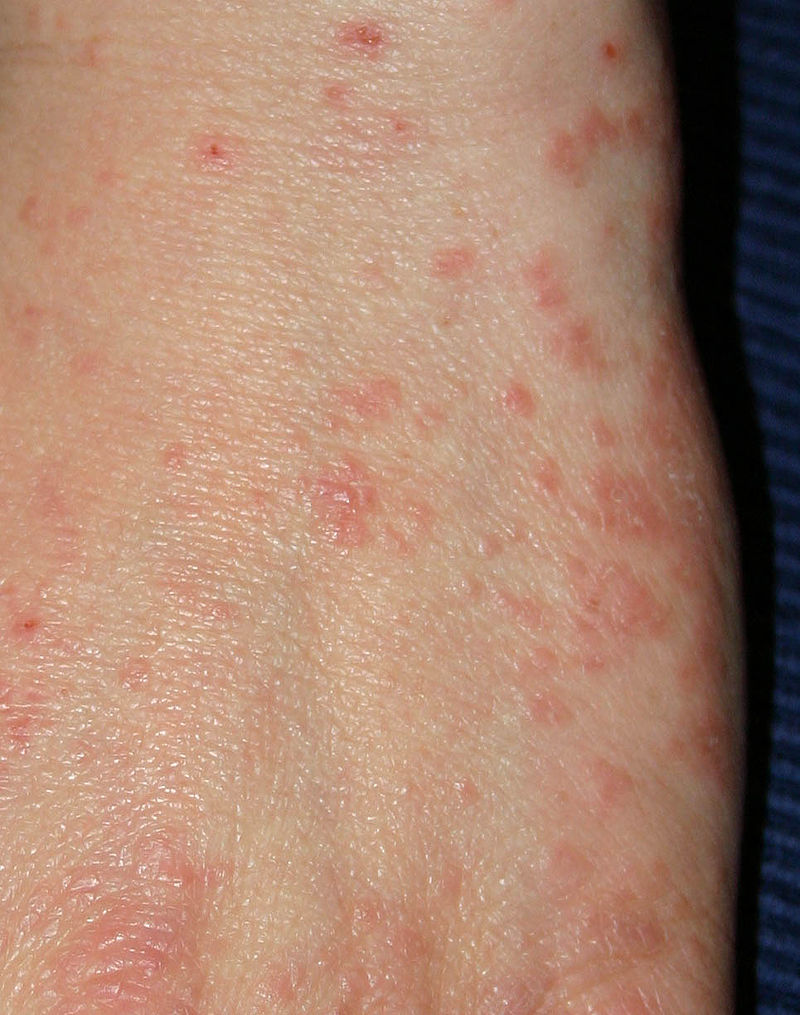

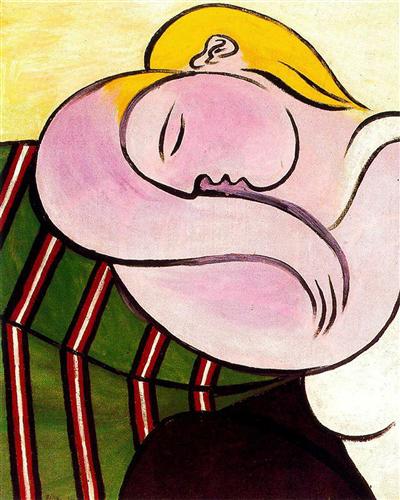
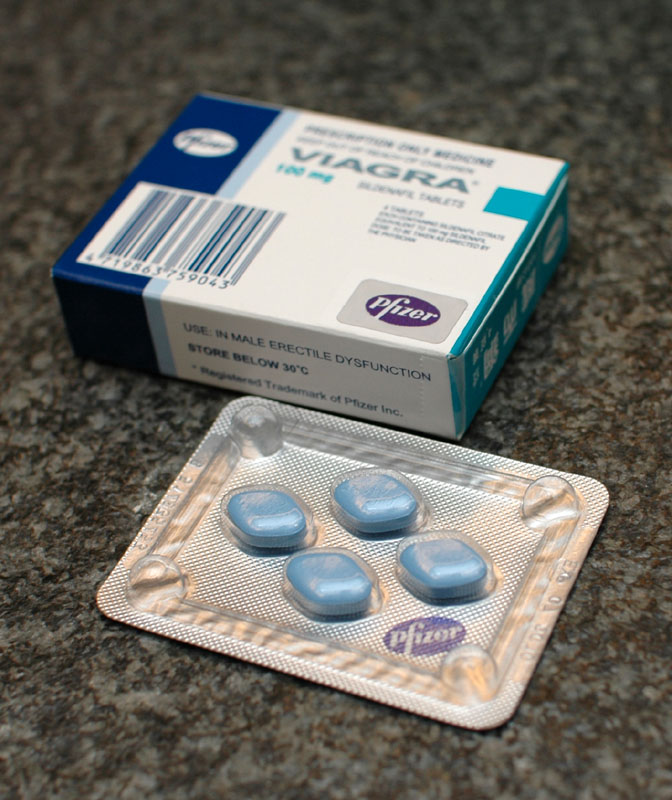

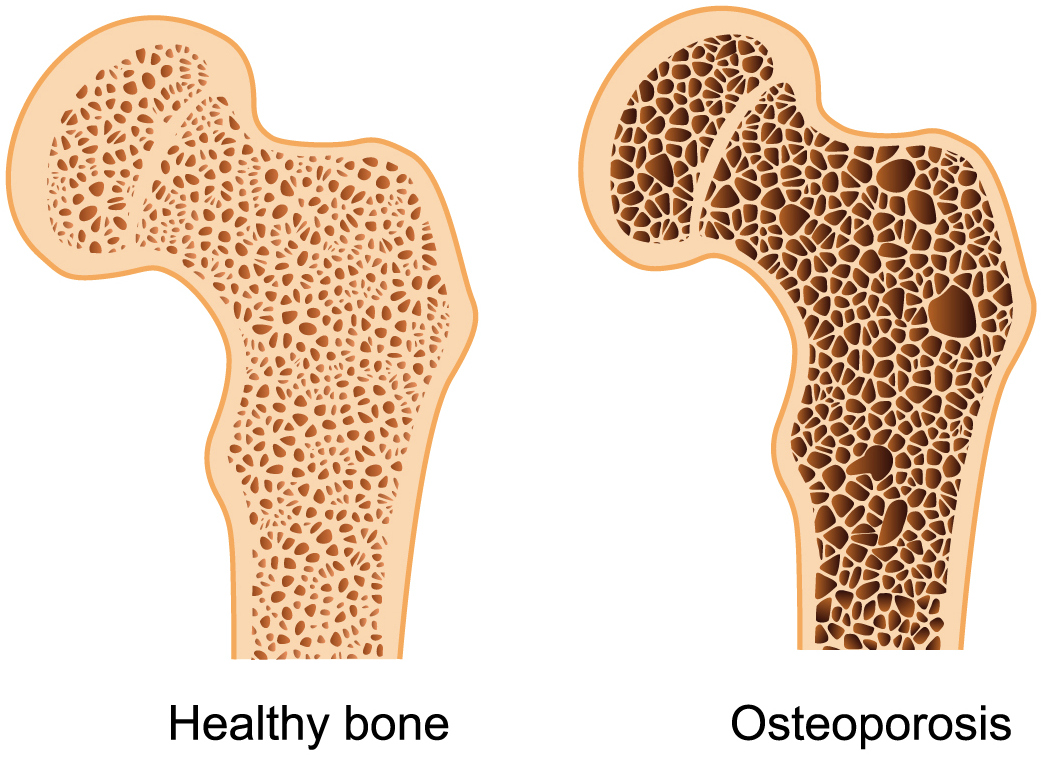








Join the Discussion!